News
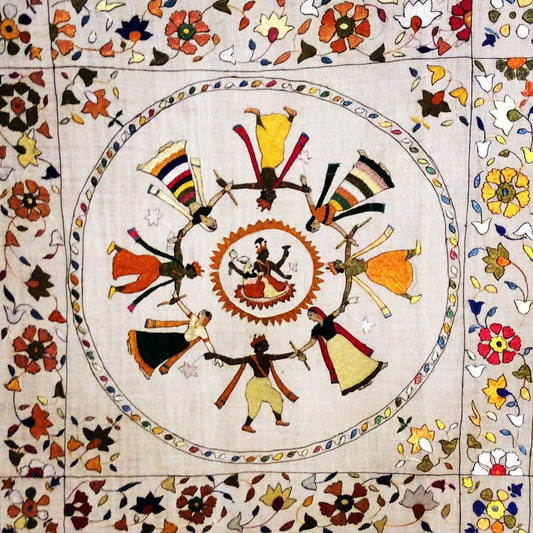
Chambal Ka Rumal (Handkerchief of Chamba)
The Chamba Rumal gets its name from Chamba, a hill-station in Himachal Pradesh, where it has been practised for centuries. The earliest records of the region dates back to 2nd...
Chambal Ka Rumal (Handkerchief of Chamba)
The Chamba Rumal gets its name from Chamba, a hill-station in Himachal Pradesh, where it has been practised for centuries. The earliest records of the region dates back to 2nd...
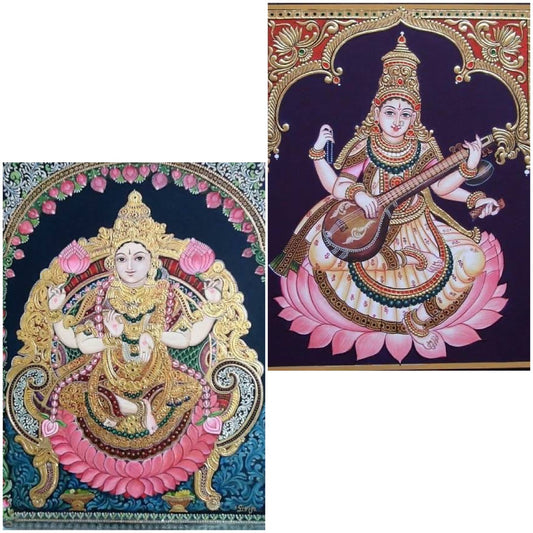
Difference between Mysore and Tanjore Paintings
Both Tanjore and Mysore paintings are unique in their own and possess a high rate of individuality right from making to finishing, these artworks have certainly earned a valuable group...
Difference between Mysore and Tanjore Paintings
Both Tanjore and Mysore paintings are unique in their own and possess a high rate of individuality right from making to finishing, these artworks have certainly earned a valuable group...
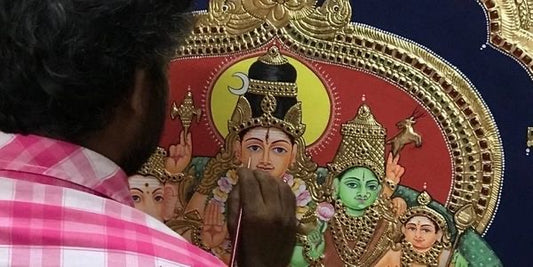
Tanjore Art - Ancient Roots
Thanjavur has a unique place in the history of Indian painting, in that it houses the 11th century Chola wall paintings in the Brihadeshwara Temple (Periya koyil or Pervudaiyar koyil in Tamil)...
Tanjore Art - Ancient Roots
Thanjavur has a unique place in the history of Indian painting, in that it houses the 11th century Chola wall paintings in the Brihadeshwara Temple (Periya koyil or Pervudaiyar koyil in Tamil)...
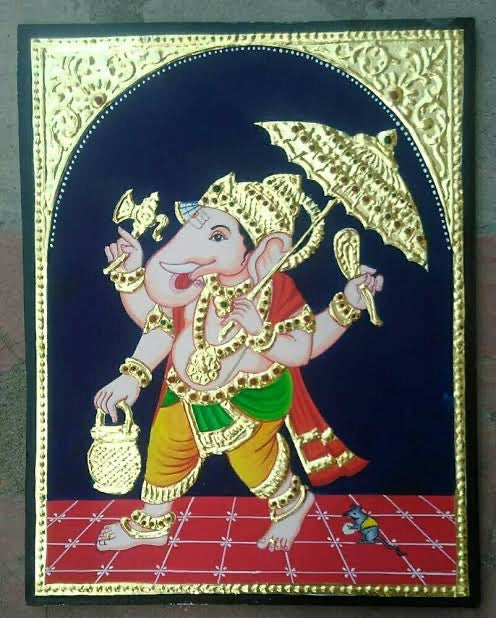
Sacred Art of Thanjavur
A classical artform from southern India, Thanjavur painting – also known as Tanjore painting – is a celebration of the region’s rich artistic tradition, named after the town of Thanjavur...
Sacred Art of Thanjavur
A classical artform from southern India, Thanjavur painting – also known as Tanjore painting – is a celebration of the region’s rich artistic tradition, named after the town of Thanjavur...
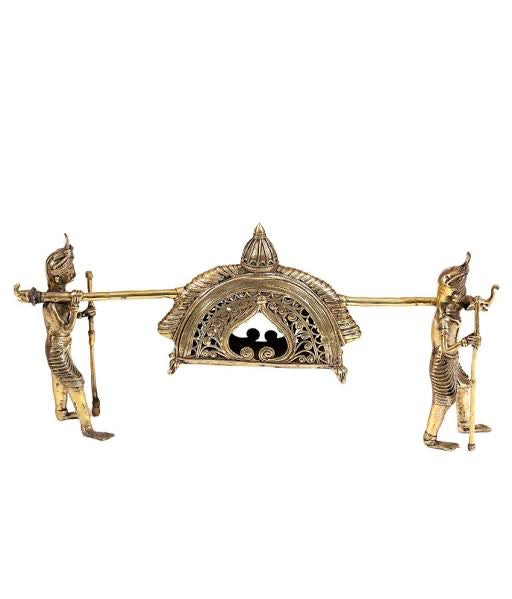
Problems faced by Dhokra Artisans
This art form is widely appreciated and is wooing art lovers across the globe. But they miss out on having exposure to the change in trends, marketing hence over the...
Problems faced by Dhokra Artisans
This art form is widely appreciated and is wooing art lovers across the globe. But they miss out on having exposure to the change in trends, marketing hence over the...
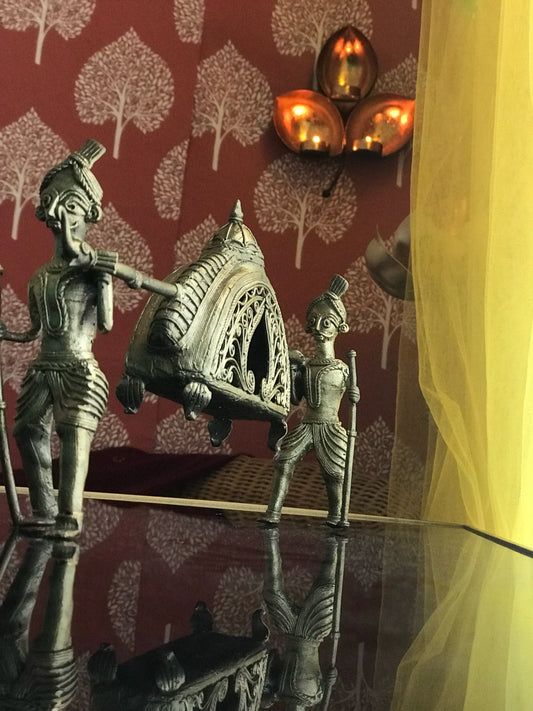
Evolution of Dhokra in India
While Dhokra art originated in West Bengal, over time the tribes moved to Jharkhand, West Bengal, Orissa and Chhattisgarh as well as places like Kerala and Rajasthan. Hence, the art...
Evolution of Dhokra in India
While Dhokra art originated in West Bengal, over time the tribes moved to Jharkhand, West Bengal, Orissa and Chhattisgarh as well as places like Kerala and Rajasthan. Hence, the art...
